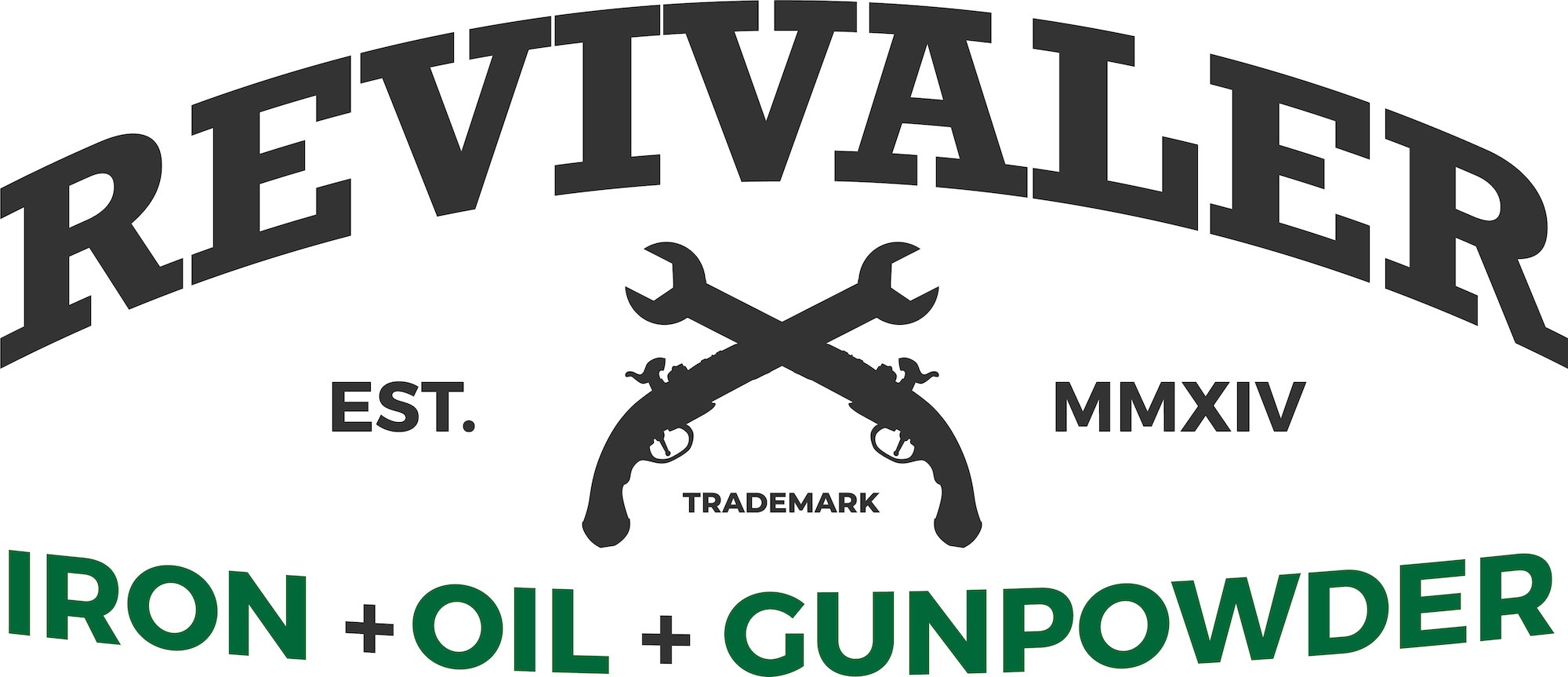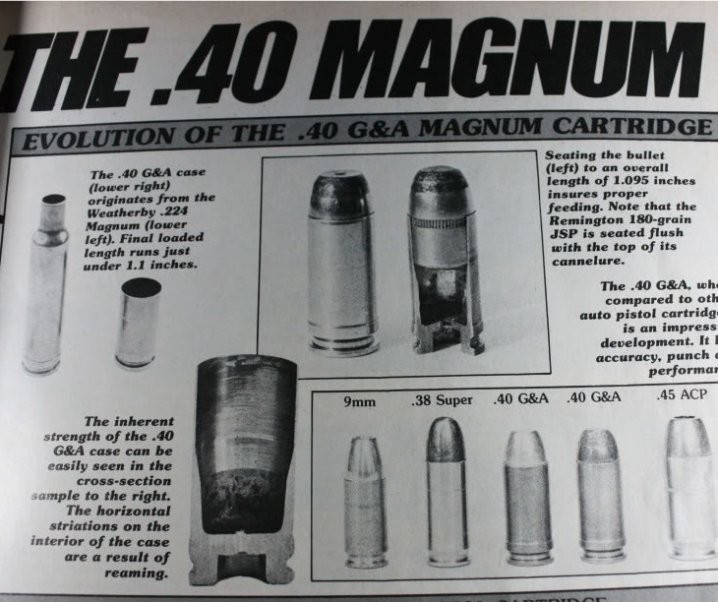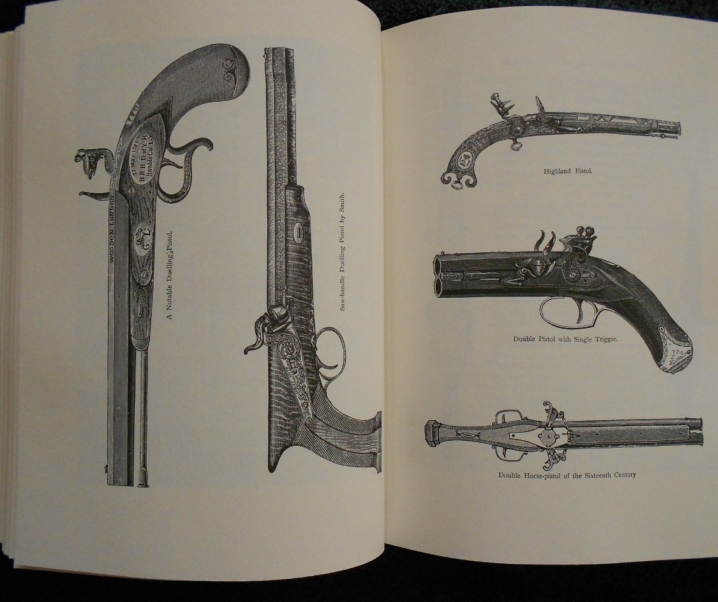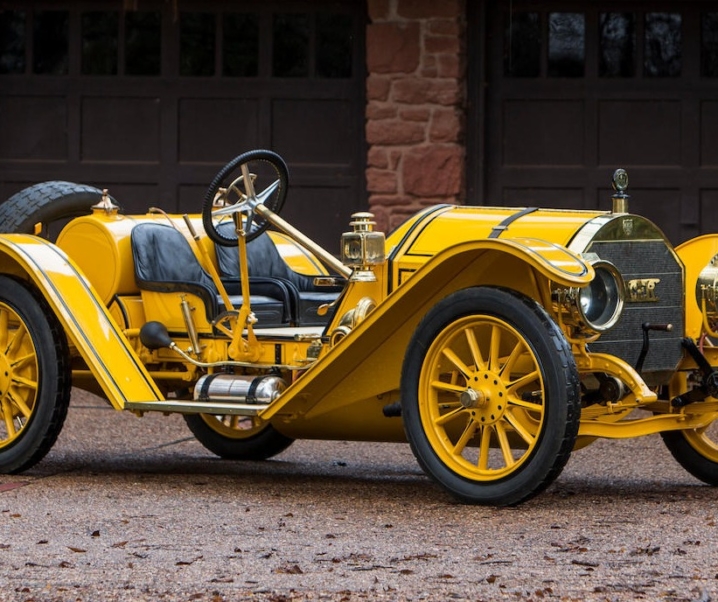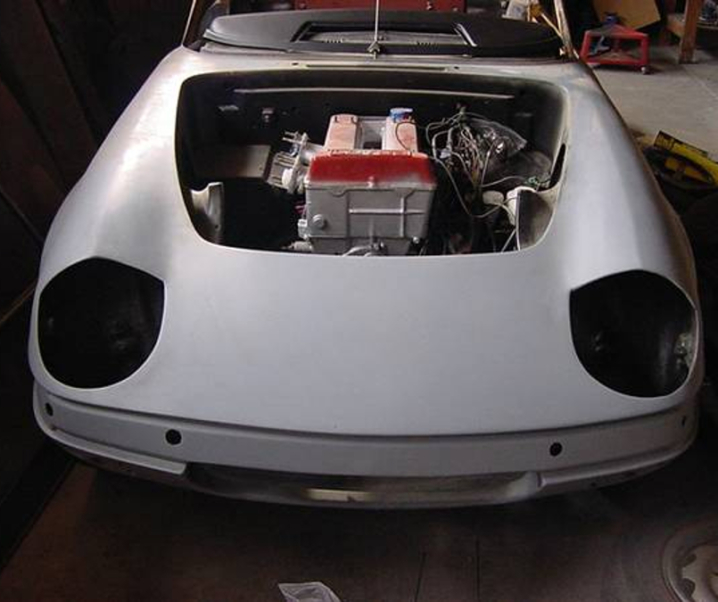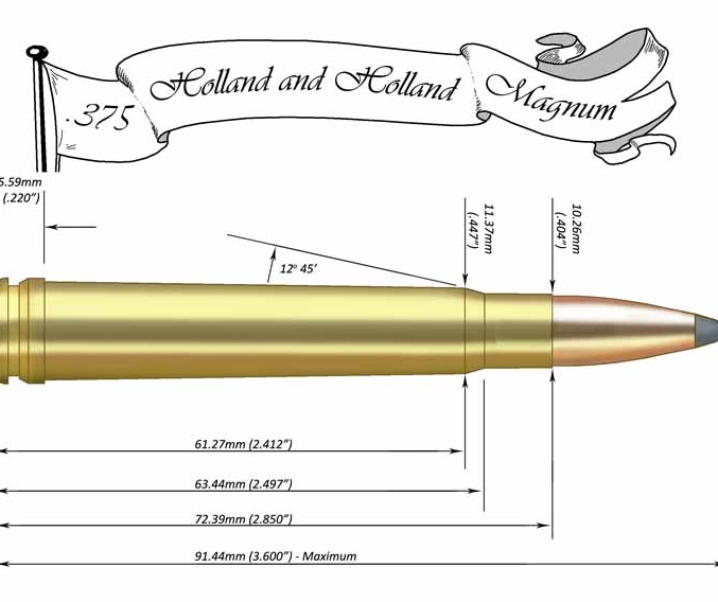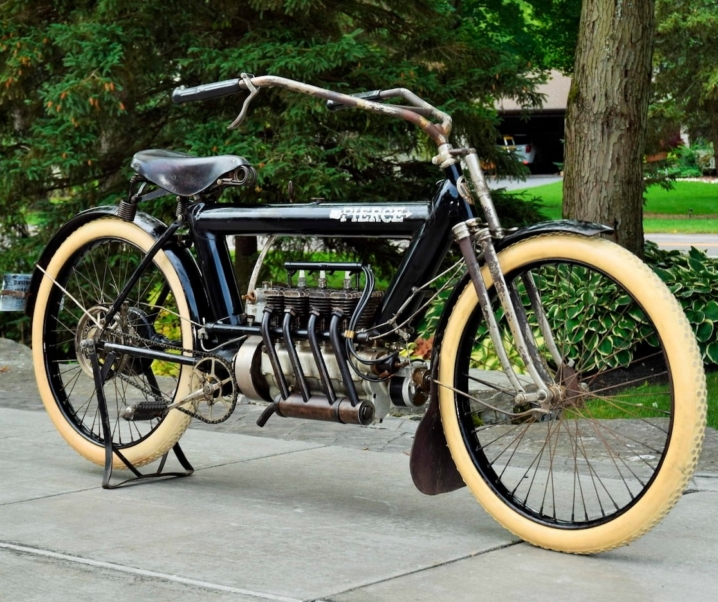The Ruger Model 44 was initially named the Ruger Deerstalker but Ruger reverted to calling it the Model 44 after the first year of production. This lightweight and handy gas-operated semi-automatic carbine was well liked and ideal for short range deer and wild pig hunting.
Fast Facts
- The Ruger Model 44 was a lightweight semi-automatic carbine made between 1960-1985.
- This carbine was primarily designed for deer and wild pig hunting.
- One of these sweet little carbines is coming up for sale on Rock Island Auction at time of publication.
The Ruger Model 44 was a gas-operated semi-automatic carbine made between 1960-1985. Initially Ruger called this model the “Deerstalker” which precipitated a lawsuit from American gunmaker Ithaca who had prior use for a similar name for their Ithaca Deer Slayer. So Ruger removed the “Deerstalker” and renamed their carbine the Model 44.
I had one of these on loan for a few months back in the early 1980’s and so had the opportunity to do some shooting with it.
These were a very sweet handling carbine, short, with an 18½ inch barrel, and tipping the scales at 5¾ lb (2.6 kg).
The semi-automatic action was gas-operated with a rotating bolt, and in my limited experience was flawlessly reliable.
The carbine was equipped with a four round tube magazine located under the barrel inside the stock fore-end and this was loaded via a loading gate on the underside of the action. It was easy to use, in fact the rifle seemed to have been designed to be as similar as possible to operate as a typical semi-automatic shotgun right down to the safety catch, which was a cross-bolt style located at the front of the trigger guard.
The Ruger was fitted with good open sights: a beaded blade front sight and adjustable “U” notch rear sight. The rear sight was a folding type to enable the owner to mount an optical sight if desired. The rifle I had on loan was just fitted with open sights and they were entirely adequate for the sort of short range (i.e up to 100 yards or meters) work such a rifle would be suited to.
Stock was walnut, with a sensibly shaped metal butt-plate which kept the rifle comfortable to fire and which made it easy to rapidly mount the rifle: a rubber recoil pad can tend to snag on clothing when snap shooting and the curved metal butt-plate of the Ruger had not tendency to do that.
I think that Ruger had been careful with the design of their Model 44 in giving it a fixed tubular magazine of limited capacity. During that time the gun law debate was raging in the United States and many other parts of the world and yet the Ruger Model 44 was able to be legally owned in many places including in Western Australia, which boasted some of the most restrictive gun laws in the “free world”.
Sadly that is no longer the case despite the fact that the Model 44 with its five rounds maximum capacity and one-round-at-a-time magazine reloading is certainly not a rifle that would be convenient for someone wanting to perpetrate a mass shooting or similar event.
But as a carbine for short range deer or pig hunting it was a superbly designed tool.
In my personal experience with the Model 44 I only had factory Winchester 44 Magnum ammo which, if memory serves me correctly, was loaded with 240 grain jacketed bullets. The loading was specifically for rifles – which was printed in large friendly letters on the front of the box.
Back then I had assumed that the factory loads marked for rifles must have been more powerful than factory loads for revolvers which I thought would not have as strong actions and so needed to be loaded to lower pressures.
As it turned out this was a false assumption. The factory loads marked for rifles were, as I now understand it, loaded with slower burning powder that would produce optimum velocity from a rifle length barrel: while the loads for revolvers used faster burning powders to obtain optimum velocity from the much shorter handgun length barrels.
This is something to consider if you are planning to reload for a Ruger Model 44: it is important to use load data for rifles to ensure reliable operation of the semi-automatic action: and you should expect to need to do some experimentation to find a load that your Model 44 likes.
Cast bullets should be avoided as the lead tends to clog up the gas port and cause malfunctions.
Many reloading manuals provide different load data for 44 Magnum rifles and Pistols.
Speer publish their load data online and have three 44 Magnum rifle load data charts.
The manual for the Model 44 is published online by Ruger and you can find it if you click here.
There is a good video on stripping the Ruger Model 44 for cleaning on the “downeastgunworks” YouTube channel if you click here.
The book “The Sturm Ruger 10/22 Rifle and .44 Magnum Carbine” by Duncan Long is a good source of information on this rifle also.
Ruger ceased production of the Model 44 in 1985 and no longer support it, which means they no longer supply spare parts for it.
This seems to me to be a shame as it was a delightful rifle. But given the fact that the firearm marketplace has changed dramatically in recent decades I can understand that the Model 44 is now not a carbine that would be likely to be commercially viable – great though it once was.
If you are looking for one of these carbines on the collector or used market there is one currently for sale by online auction on Rock Island Auction.
You can find the sale page for this Ruger Model 44 if you click here.
The auction ends on May 18, 2025.
Picture credits: All pictures courtesy Rock Island Auction.
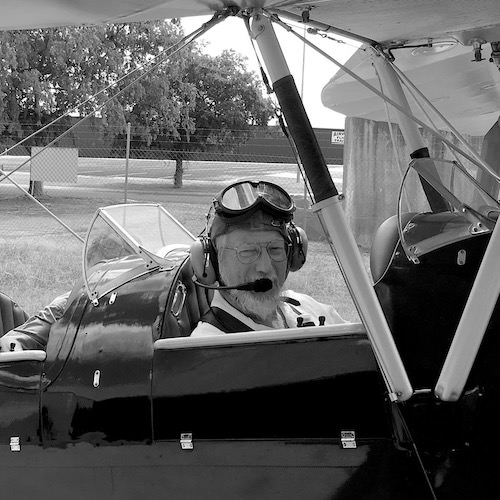
Jon Branch is the founder and senior editor of Revivaler and has written a significant number of articles for various publications including official Buying Guides for eBay, classic car articles for Hagerty, magazine articles for both the Australian Shooters Journal and the Australian Shooter, and he’s a long time contributor to Silodrome.
Jon has done radio, television, magazine and newspaper interviews on various issues, and has traveled extensively, having lived in Britain, Australia, China and Hong Kong. His travels have taken him to Indonesia, Israel, Italy, Japan and a number of other countries. He has studied the Japanese sword arts and has a long history of involvement in the shooting sports, which has included authoring submissions to government on various firearms related issues and assisting in the design and establishment of shooting ranges.
